North Perth
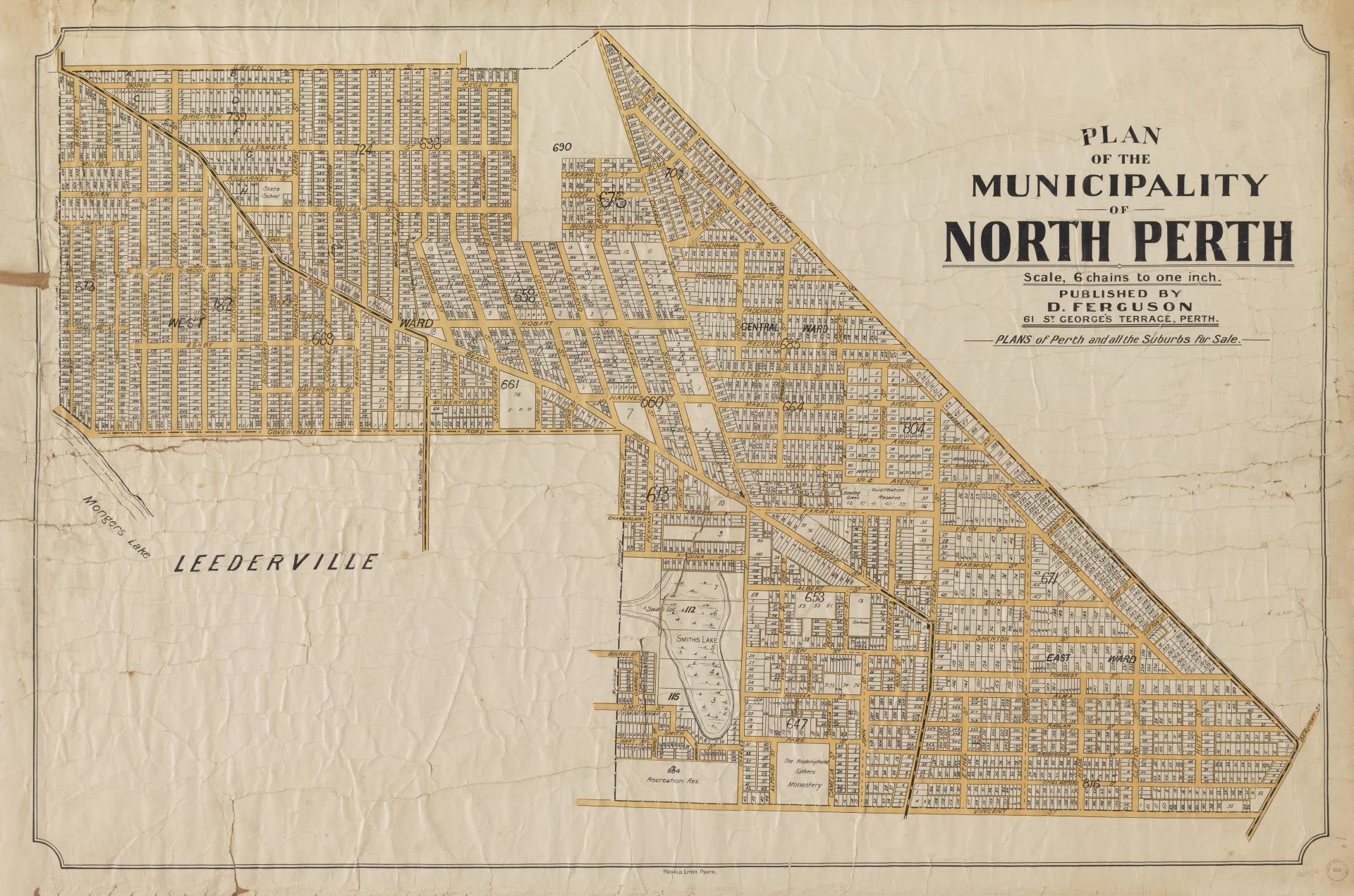
Plan of the municipality of North Perth, c 1910 (SLWA 33/15/1e)
Early History
North Perth lies in a chain of seasonal wetlands of practical and spiritual importance to the Whadjuk Noongar people. Wetlands in the area were places to camp and food sources, and their creation was associated with the Waugal rainbow serpent. There are two registered Aboriginal heritage sites in North Perth: Goonderup (near the Redemptorist Monastery) and Danjanberup (Smith's Lake).
With European colonisation, many of the wetland areas around North Perth became farms or market gardens. In the 1840s and ‘50s, John Smith farmed the area around present day Charles Veryard Reserve. Thomas Farmer (after whom Farmer Street was later named) was another early land holder in the area. Farmer was a Wesleyan Minister and a vocal temperance advocate. After he died in 1891, his wife Lydia sold part of his estate (Swan Location 653) to land developers, including Solomon Herman and Thomas Whitton Williams, who subdivided the land for residential development.
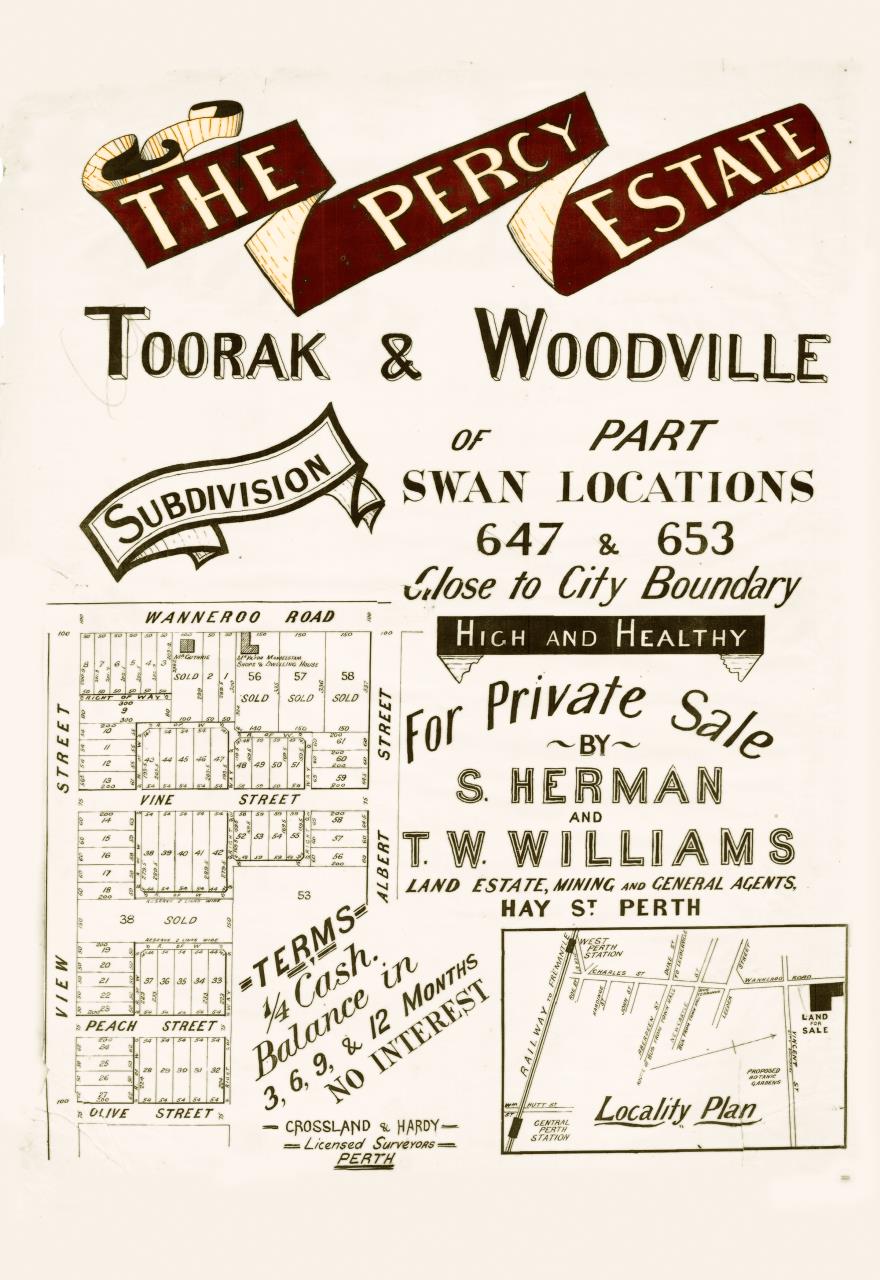
The Percy Estate, Toorak & Woodville, 1897 (SLWA 55/14/55)
The WA gold rush of the 1890s saw a dramatic expansion of Perth and growth of new suburbs such as North Perth. Selling former swampland required clever marketing. The developers gave the subdivisions fancy names such as 'Toorak' and 'Woodville' and the land was advertised as being 'high and healthy.' Proximity to good roads and transport was also a selling feature. The tram network, which ran from the city to North Perth from the early 1900s to 1958 was an important feature in the suburb’s early development.
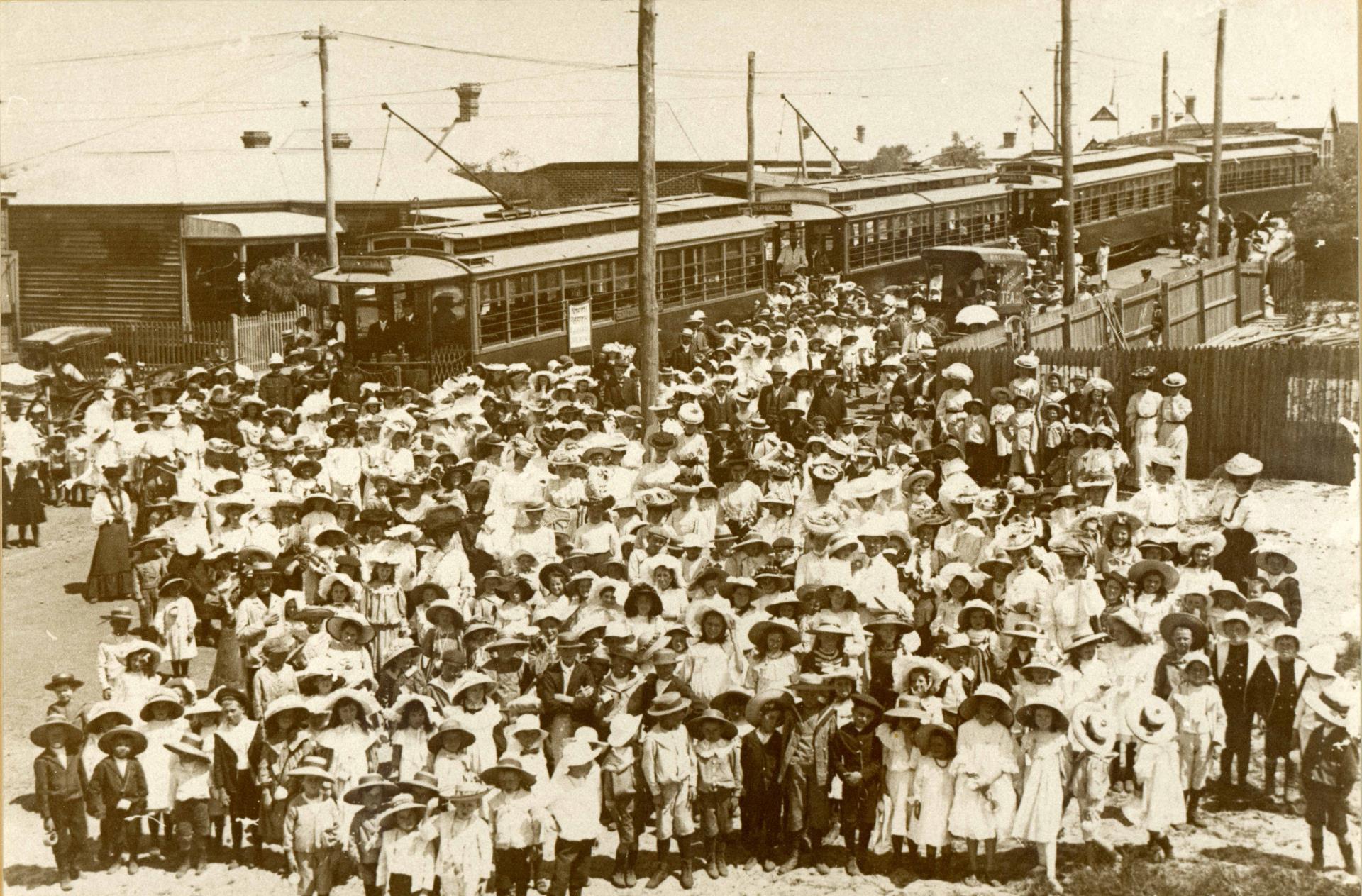
Official opening of the North Perth tram line extension on Fitzgerald Street, 1906 (COV PHO6521)
As North Perth grew, so did the need for civic and public amenities.
Woodville Reserve was made a public recreation area in the early 1900s, with bowling greens and croquet lawns established in 1910, followed by tennis courts in 1915.
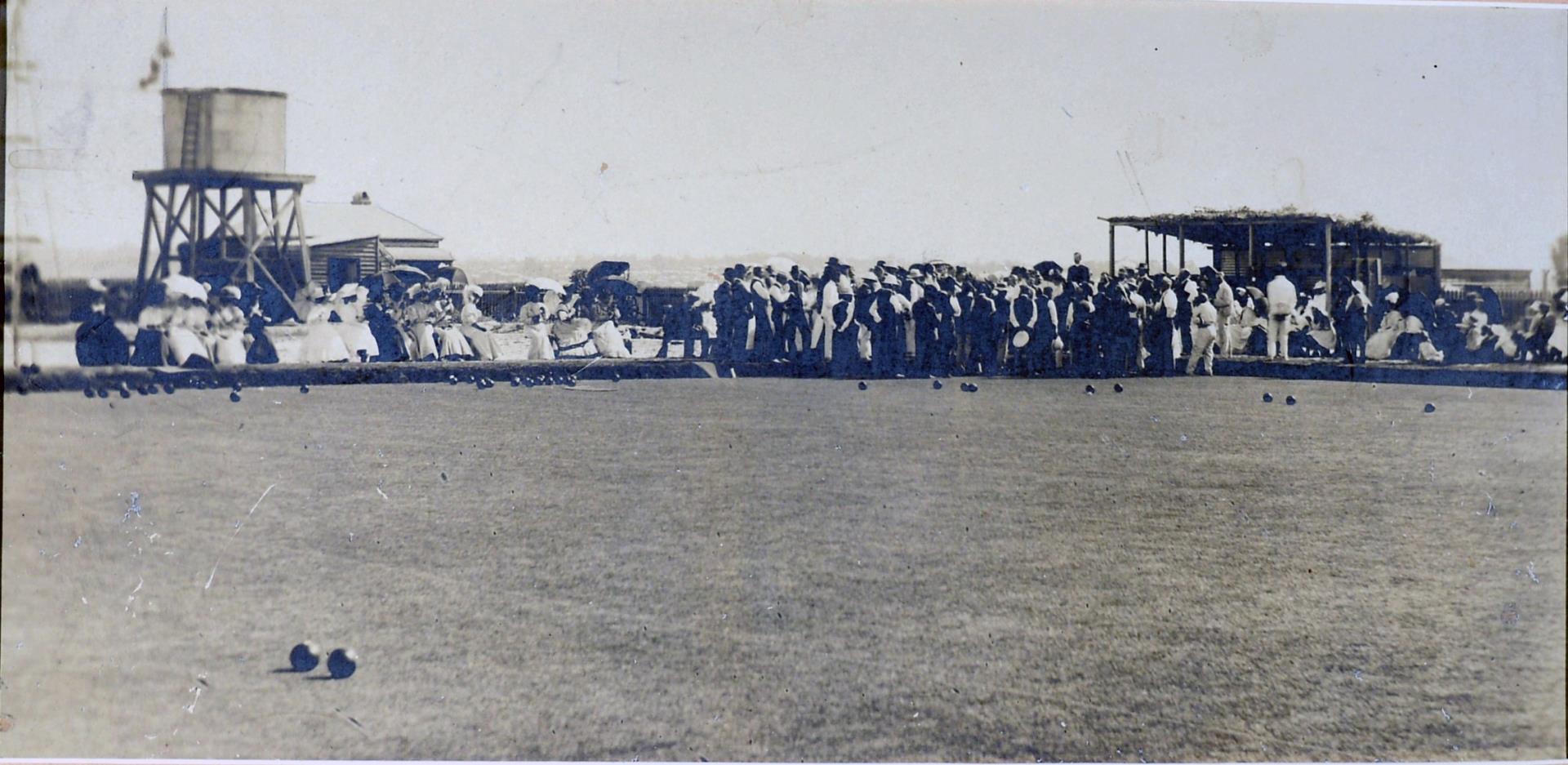
North Perth Bowling Club, Farmer Street North Perth c.1908 (COV PHO5847)
North Perth's first school opened in Albert Street in January 1899. It was originally called Woodville School after the earliest subdivision in the area. It was re-named North Perth State School in 1903 and later North Perth Primary School.
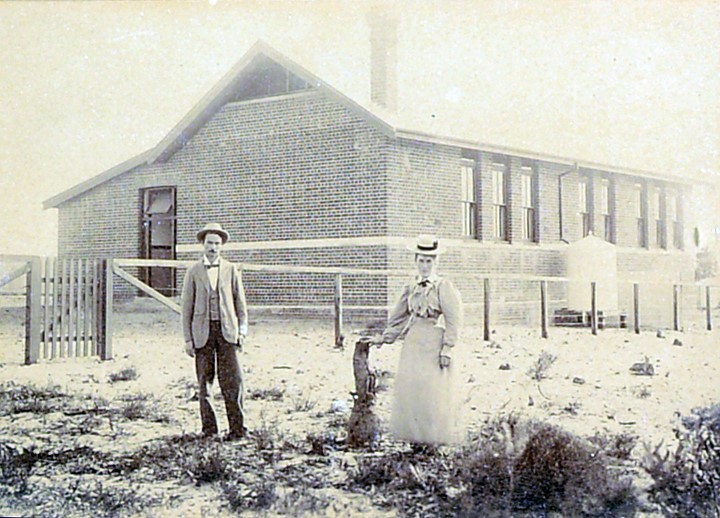
Principal Joshua Hammill with assistant Amy Otway outside Woodville (North Perth) State School, 1899 (COV PHO6143)
The Redemptorist Monastery and Church was built on Vincent Street in 1903 and the surrounding land was subdivided for residential development and sold off as the ‘Monastery’ precinct.
St Hilda’s Anglican Church began conducting services in 1904 from a small wooden church on Glebe and View Streets, which was rebuilt in 1915 on the present day site.
The North Perth Police Station was built in 1908 on Angove Street to house North Perth’s resident constable. Further along Angove Street, North Perth postal service operated from a shop on the corner of Woodville Streets (now Stomp Coffee) from 1902-1916.
No new suburb was complete without a hotel. North Perth had two: the Rosemount Hotel, built in 1902 on the corner of Angove and Fitzgerald Streets; and the Wanneroo Hotel (later North Perth Hotel) on the corner of Angove and Charles Streets (then Wanneroo Road) from 1900.
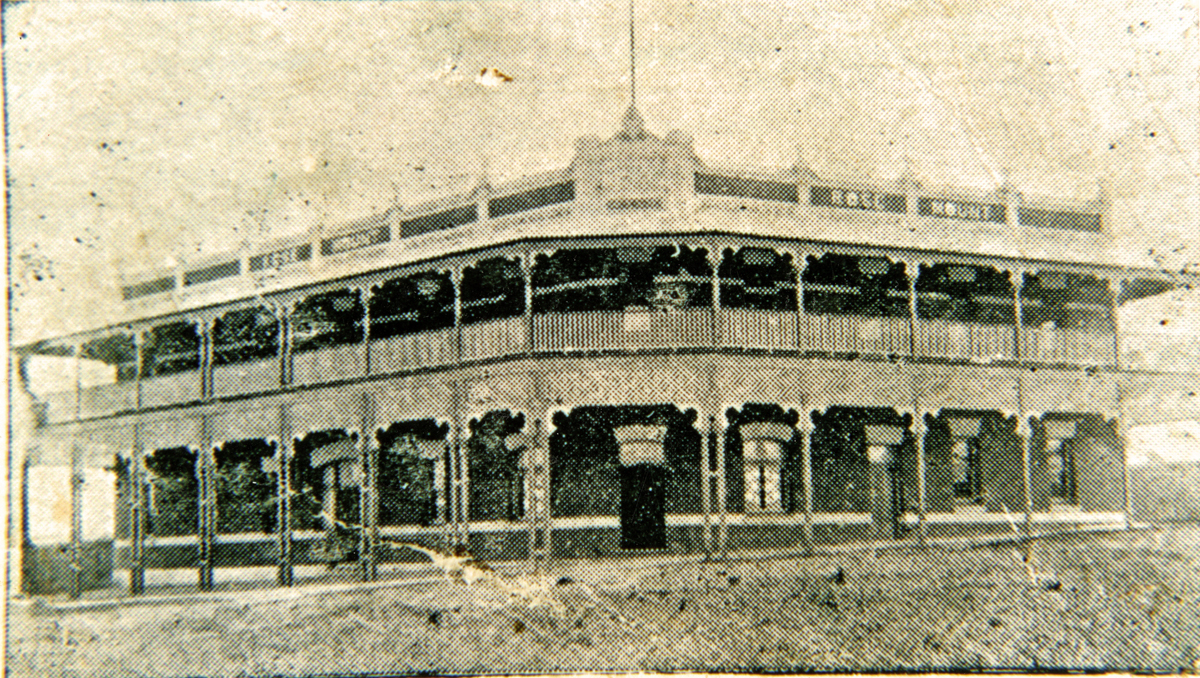
Rosemount Hotel, c.1910 (COV PHO4196)
As the number of residents and businesses grew, North Perth became a municipality covering the area north of Vincent Street to Walcott Street, plus much of present day Mount Hawthorn. The council met at the North Perth Town Hall (Lesser Hall), which was built in 1902, and the main town hall built in 1910.
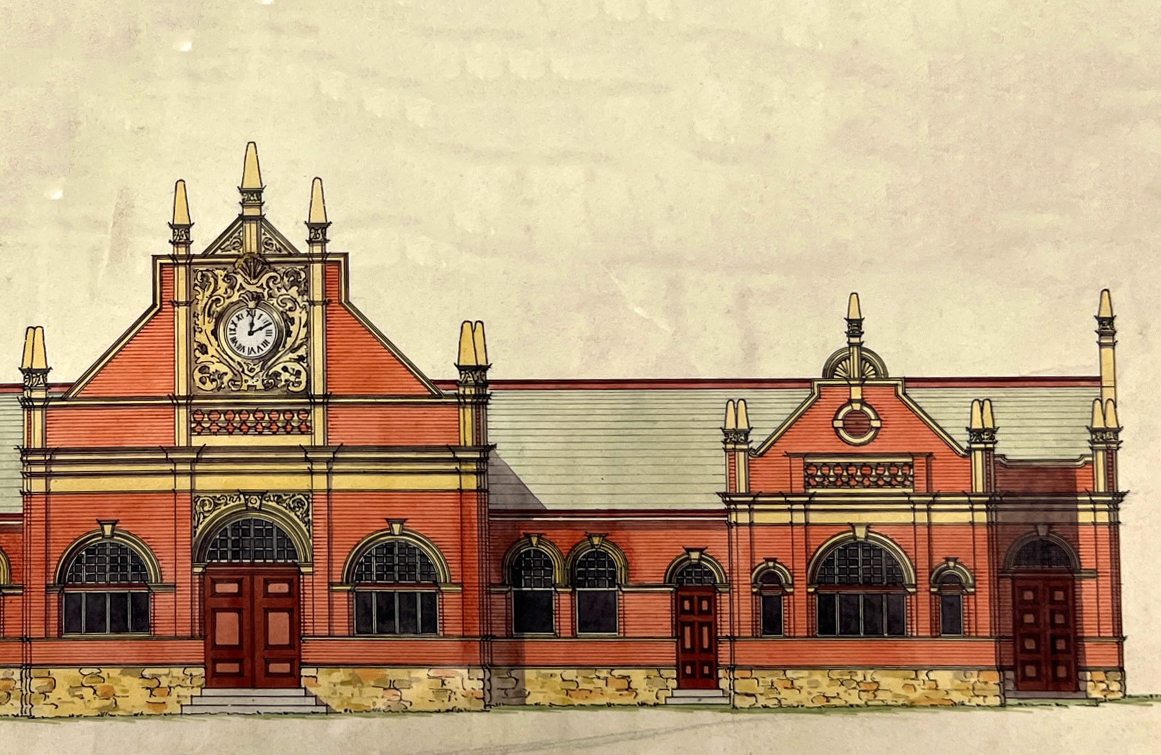
Original plans for the North Perth Town Hall (SRO 54123 Cons 1644035)
In 1914, the City of Perth took control of all the inner city councils, including North Perth. The town hall complex was subsequently used by North Perth Primary School and a host of other community groups and local residents for civic, social, political and sporting functions.
Between the Wars
Between the wars, North Perth continued to grow. In 1916, the suburb got its first proper post office on View Street opposite the North Perth Town Hall. In 1926, after many years of operating out of a makeshift fire station on Fitzgerald and Forrest Streets, the North Perth Fire Brigade got its own purpose-built fire station on View Street.
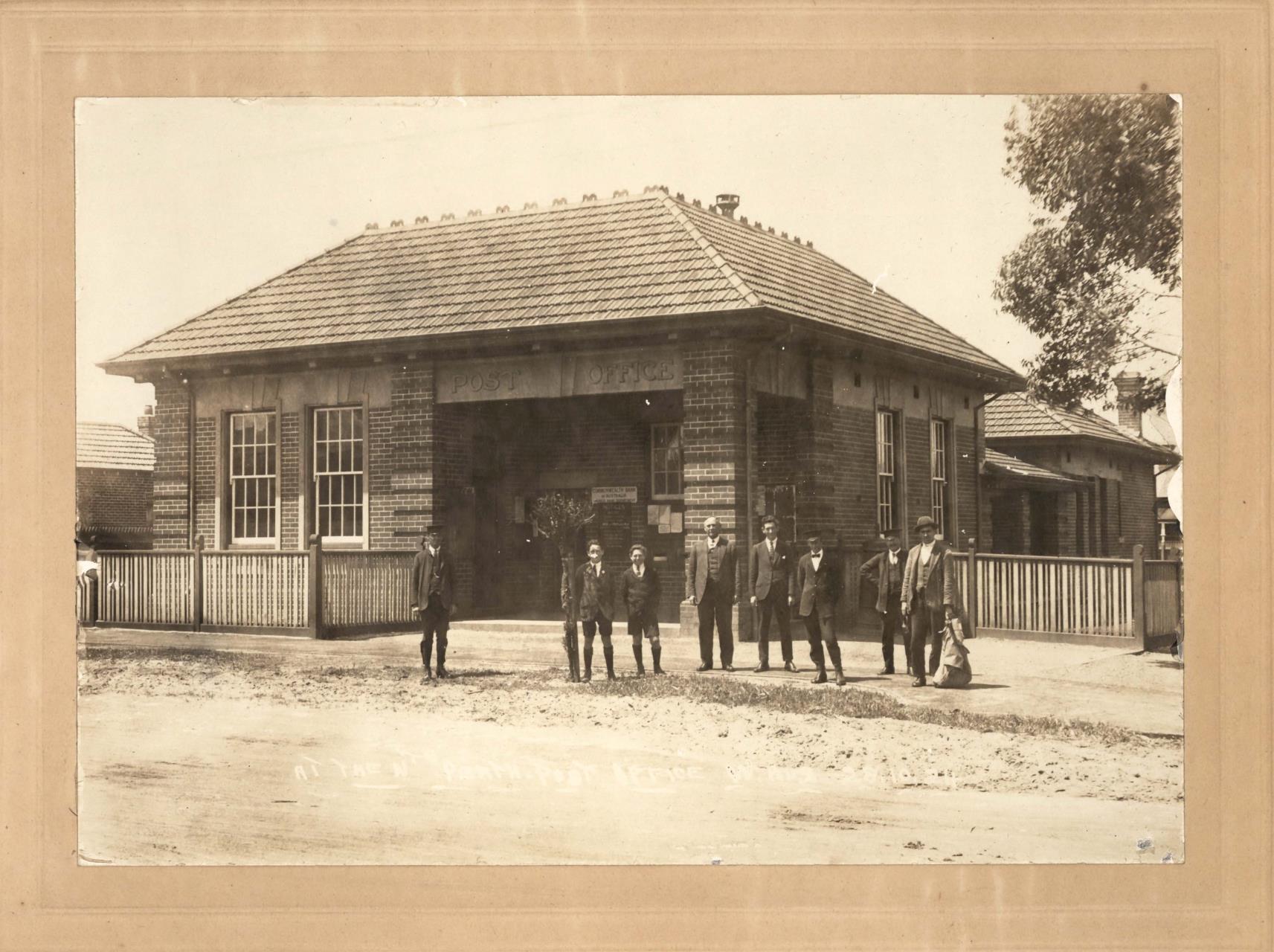
North Perth Post Office, 1924 (Image courtesy of National Archives Australia)
During the 1920s and 1930s, diverse businesses sprang up along the main transport routes of Charles, Fitzgerald and Angove Streets. These businesses ranged from butchers to bakers, hairdressers to hardware shops.

Angove Street, North Perth showing the Rosemount Theatre and No.20 Tram in the background, 1924 (COV PHO2897)
In 1927, the 1400 seat Regent Theatre (later re-named the Rosemount Theatre) opened on Fitzgerald Street, across from the Rosemount Hotel. In the early 1930s, North Perth even had its own miniature golf course (‘Shady Nook’) on Angove Street, across from the Rosemount Theatre.
North Perth between the wars was also home to small-scale manufacturing and horticulture. Browne’s Dairy on Charles Street began production in 1915 and expanded in the 1920s and ‘30s manufacturing ice cream, butter and pasteurized milk.

Milk delivery horse and cart outside Browne’s Dairy North Perth, 1950 (COV PHO2764)
During WWII, Perth residents were on high alert to the threat of air attack from Japanese bombers. Woodville Reserve was equipped with searchlights, anti-aircraft guns and air-raid shelters to help defend and protect local citizens. North Perth Town Hall was a first aid post and the park beside the hall had bunds and slit trenches for residents to take shelter in the event of an air attack.
In 1943, North Perth School headmaster James Moore arranged for students, parents and volunteers to clear and level the area adjacent to the school on Albert Street as a playing field. The playing field was named 'Goonderup Place' based on a Noongar place name inscribed on early maps of the area. On August 16 1944, 29 trees were planted around the perimeter each dedicated to the memory of a prominent West Australian. The official opening ceremony was attended by dignitaries, including WA Lieutenant Governor Sir James Mitchell and his wife Lady Mitchell.
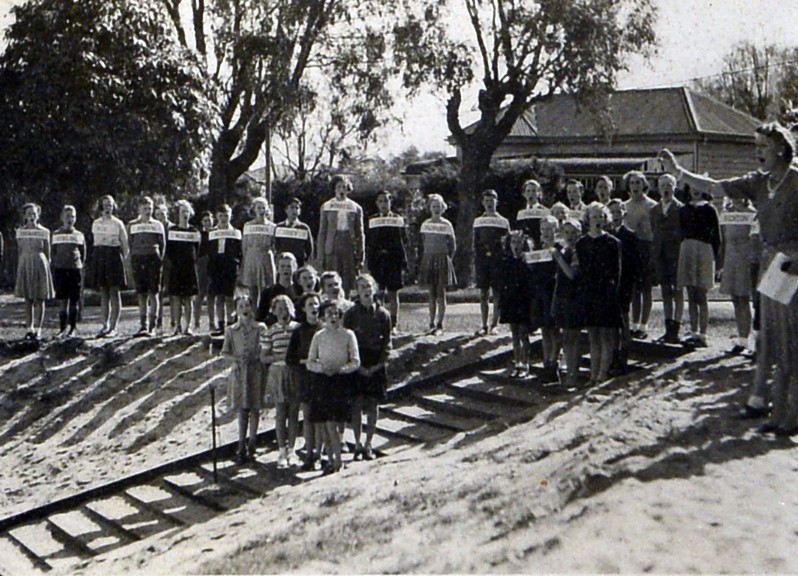
Students singing at official opening of Goonderup Place, North Perth State School, 1944 (COV PHO6152)
Post-war North Perth
Following WWII, a surge of British and European migration increased demand for housing and public amenities such as schooling in the area. A new primary school, Kyilla, opened in 1945 on Selkirk Street in North Perth to cater to the growing community.
The 1950s saw the rise of cars and the demise of the trams, which had connected North Perth to the city from the early 1900s until 1958. The last number 22 tram, which ran along Fitzgerald Street and on to Angove Street, was marked with a parade of marching girls along Angove Street in February 1958.
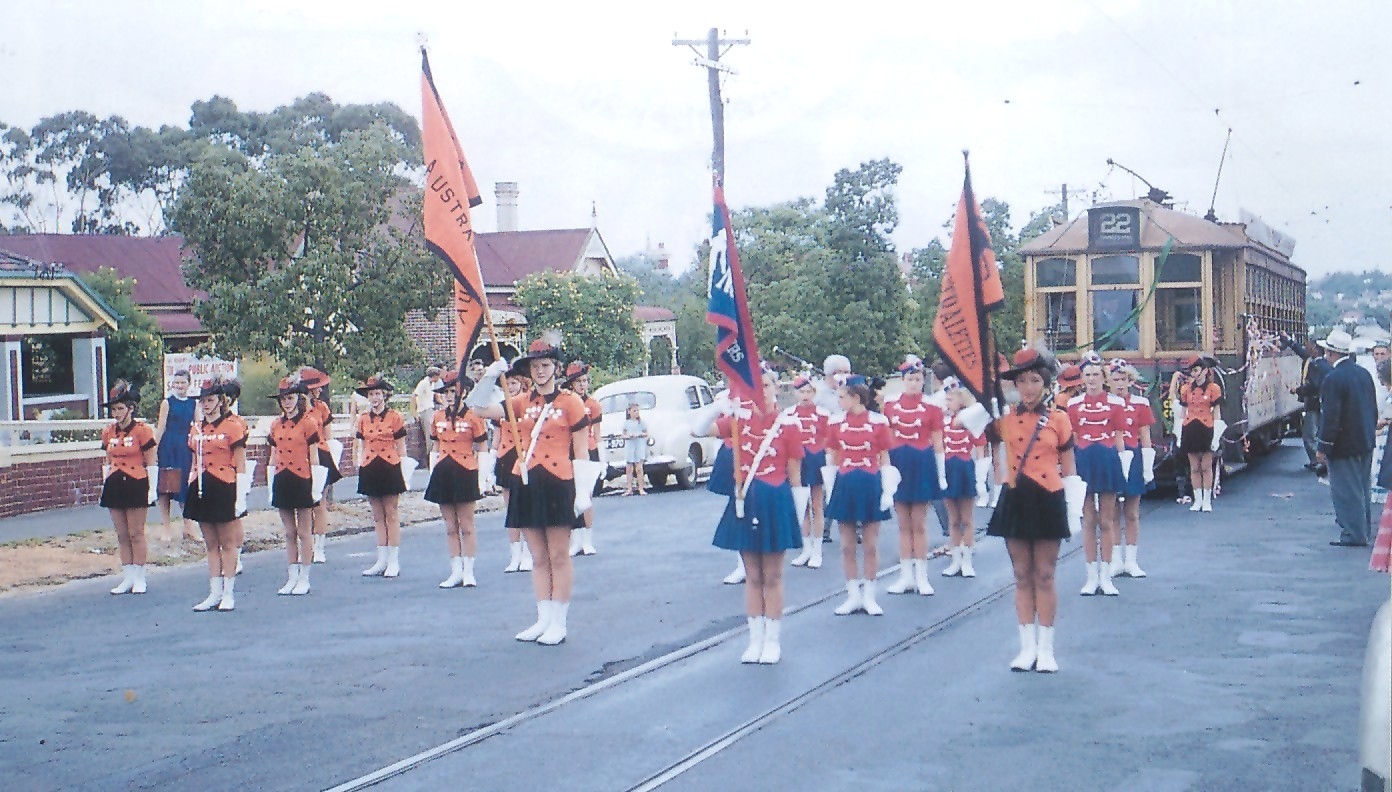
Marching girls mark the last tram in Angove Street, 1958 (COV PH01749)
In the 1960s, the construction of Beatty Park Aquatic Centre for the British Empire & Commonwealth Games left a lasting legacy of a world class swimming pool enjoyed by generations of local residents and Perth swimmers for decades to come.
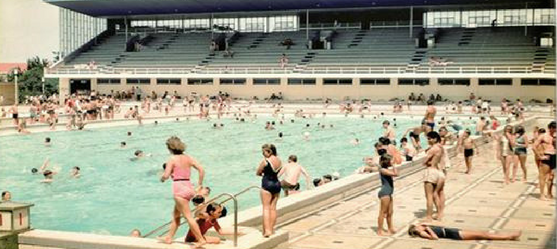
Swimmers at Beatty Park, 1963 (COV PHO2153)
Throughout the 1950s and 60s, affordable land and house prices attracted many Greek, Macedonian and Italian migrants. During the 1970s and 80s, migrants and refugees from Vietnam, Korea, Burma and other Asian countries also settled in North Perth, creating a culturally diverse community.
The growing diversity of the community was reflected in institutions such as the North Perth Ethnic Music Centre, which operated from the North Perth Town Hall in the 1980s and 1990s. The Ethnic Communities Council of WA also established itself in North Perth from 1975 as the umbrella organisation for multicultural groups and communities in the state. It operated the Multicultural Wellness Centre from Woodville Reserve until 2016.
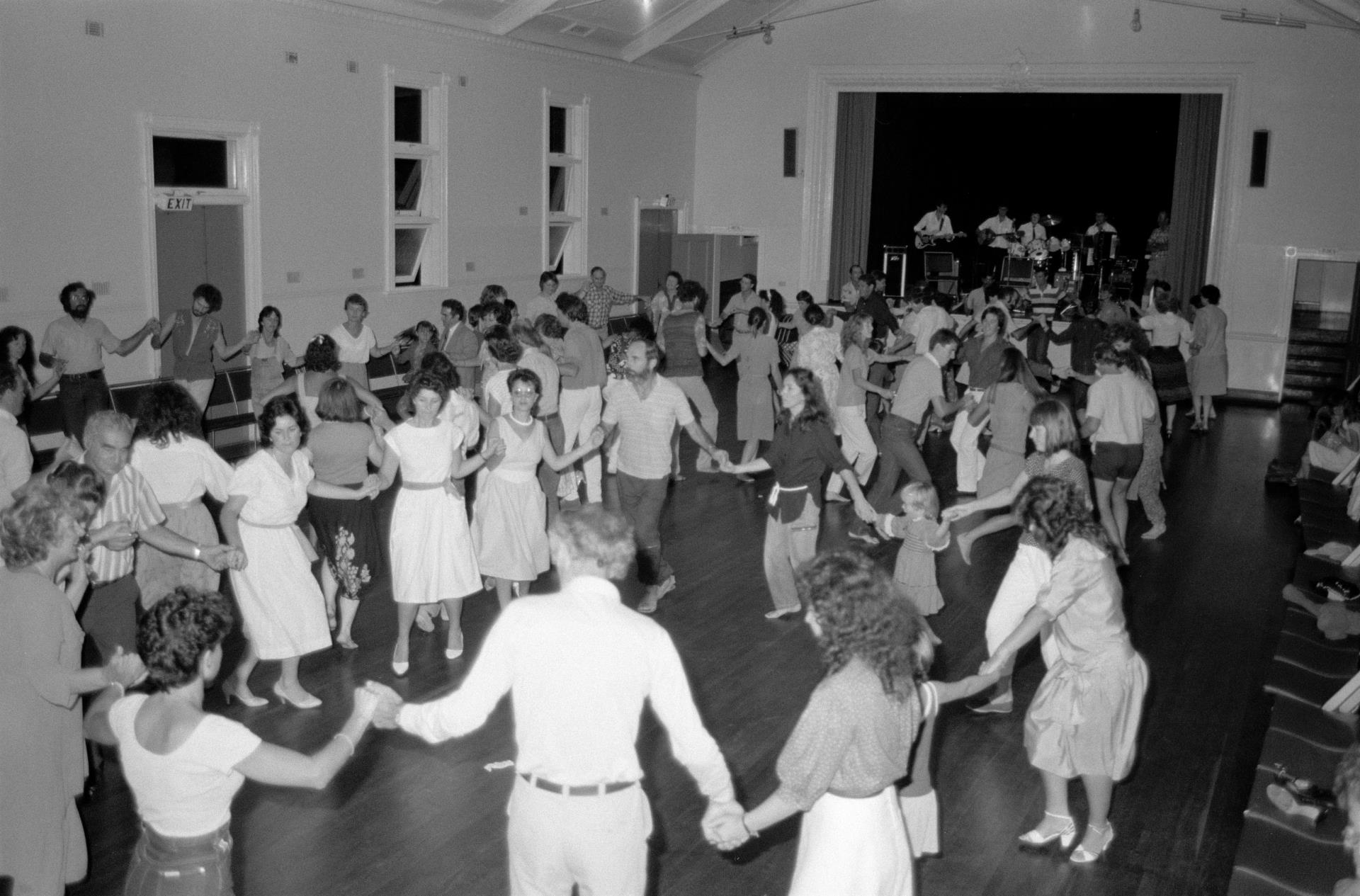
North Perth Ethnic Music Centre’s Café Folklorico’ at North Perth Town Hall, 1985 (COV PHO6138)
In 2023, North Perth is home to around 10,000 residents living in around 4,000 households (with over 900 dogs!)
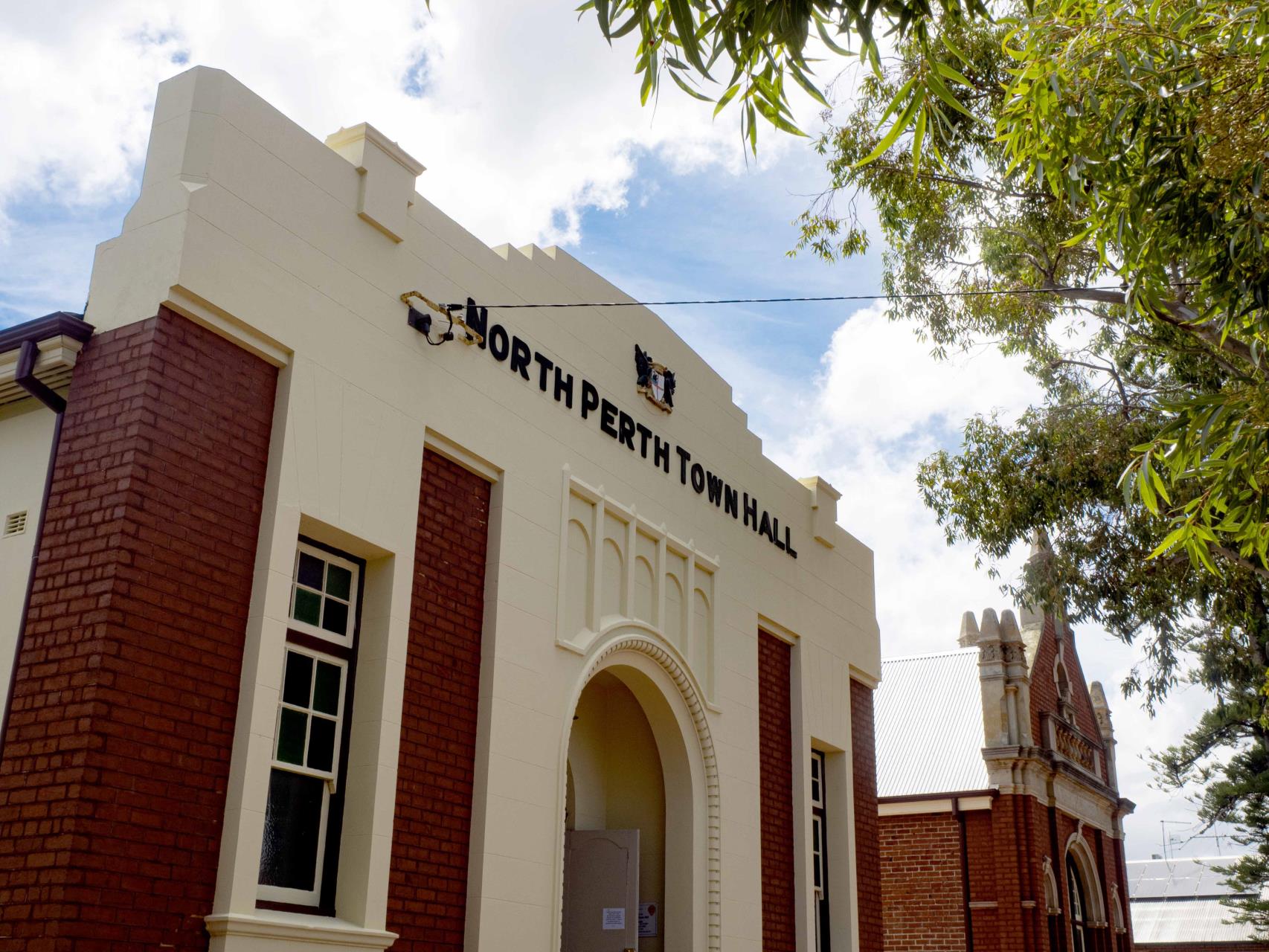
North Perth Town Hall, 2020 (COV PHO6382)
For more great photos of North Perth, browse the North Perth History Album
If you have any further information or photographs of North Perth, please contact us at local.history@vincent.wa.gov.au